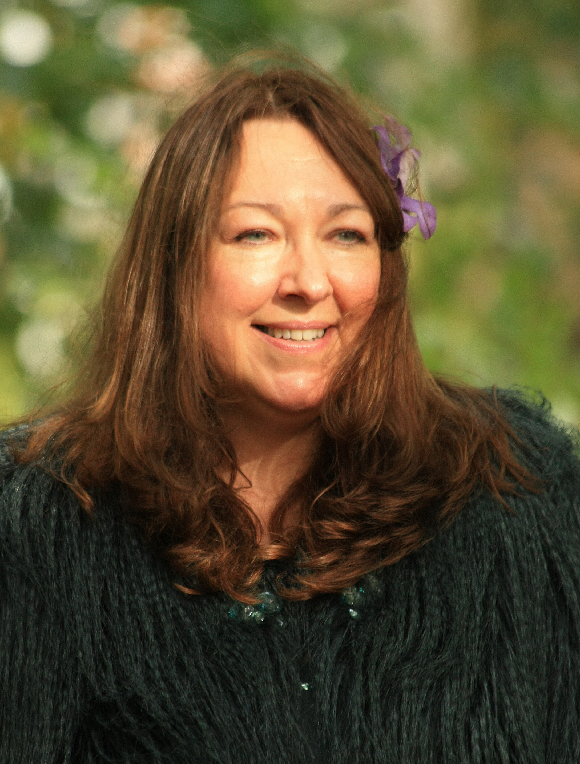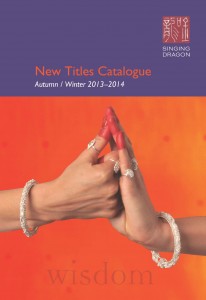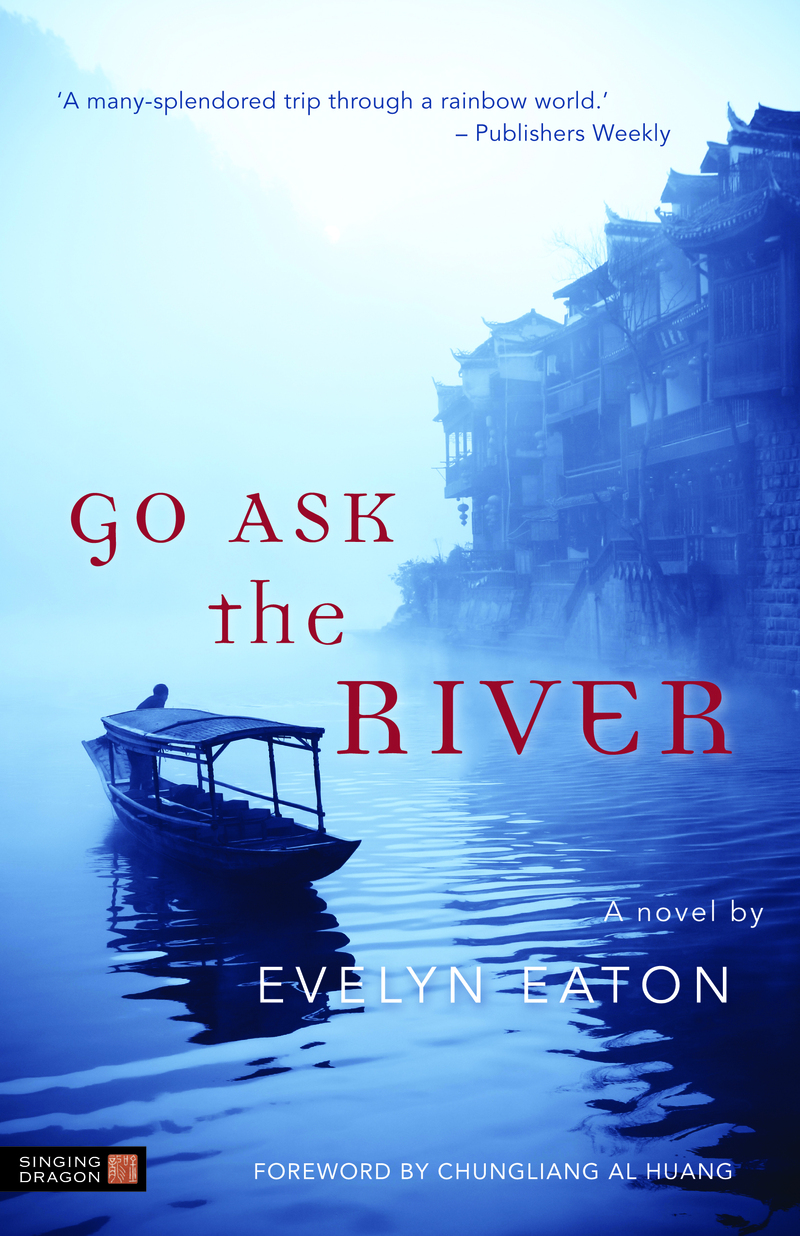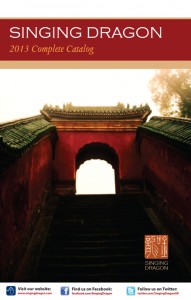By Jennifer Peace Rhind, author of Essential Oils

Author photo: Robert Taylor
The ultimate goal of meditative practice is to reach the state of pure awareness that is known as Nirvana, enlightenment or truth. However, it is the secondary benefits of meditation that are regarded as more achievable, and these are improvements in physical, mental and emotional health. Meditation allows us to detach ourselves from the transient realm of the mind and emotions, and enter a mode of awareness and allowing, or receptivity. There are two main approaches – concentration (associated with Yoga) and mindfulness (or insight, a Buddhist practice).
Scents, in the form of oils, candles or incense, are often used to enhance meditation. An appropriate fragrance can encourage a meditative state. Indeed, the preparation of the scent, such as lighting the candle or joss stick might even form part of a personal ritual that precedes meditation. However, despite this close association, scent is usually an adjunct, not the focus of the meditation. The focus might be concentrating on a flame, a mantra, or the breath, or, in the case of mindfulness meditation, allowing an unbroken, detached attentiveness to any thoughts and sensations that arise.
So, how has scent become linked with meditation? The use of aromatic substances to elicit particular responses via the sense of smell was integral to many cultures and life practices. These early uses included sacred and ritualistic practices such as anointing with fragrant oils and offering rites to gods; embalming and medicinal practices; as cosmetics, fumigants and mood-altering substances; as spiritual and philosophical healing systems; and for ritual stimulation of dreams and visions. Therefore aromatic substances were from the earliest times used as a means to alter mental states as well as for pleasure. It is now well established that scent can alter moods, perhaps by imparting a sense of calm, or clarity, or vitality. Some fragrances can even bringing about altered states of consciousness. For example, many shamanistic practices involve burning aromatic plants to alter consciousness and allow communication with the animal, plant and spirit worlds. It was priests and shamans who were the first healers of the psyche…
Meditation often begins by focussing the mind and attention on a sensory stimulus –usually a visual or auditory one. From there, you progress to the point of being alert and receptive, and eventually the division between the self and the focus of the meditation becomes blurred and disappears. As the mode of consciousness changes, different perceptions come and go.
Therefore scent too can become the initial focus of a meditation. We can focus on the scent, becoming aware of the different layers, as the top notes fade while the middle and base notes emerge. Analysis is not needed, and this removes us from the ‘problem solving’ state of mind and aids the shift to receptiveness – so we become centred in awareness rather than our mind. The interesting thing about scent meditation is that it seems to encourage creative awareness.
The following scent meditation can be used with the fragrances of essential oils, and you might like to start with the oils that we have highlighted. It is best to dispense a couple of drops on a smelling strip or blotting paper to allow an even and unhindered evaporation; this allows the true fragrance to evolve. The meditation was originally designed by the artisan perfumer and psychotherapist, Mandy Aftel, and has been adapted from her original script.
A meditation on scent
Prepare your chosen essential oil, and sit in a comfortable position, in a place away from other smells and distractions. You might like to close your eyes and count backwards from 30 to help to still your thoughts, or take a few unforced, deep, slow breaths. Then, hold the scent to your nose; sniff a few times to gain an initial impression. Then, focus your attention on your sense of smell, and continue to sniff, as needed, for a few moments. Notice the different notes that emerge, and then let them go. The scent will keep changing, sometimes obviously, sometimes this will be subtle. Discard any mental distractions that arise and keep returning to the scent. Then, holding the scent to your nose again, inhale deeply three times. You might like to open your eyes while you imagine your consciousness dissolving outward to the scent, feel as though you can touch it, merge with it, flow into it. When you feel you have reached the point of saturation, close your eyes again, and detach yourself from all senses but smell.
Descend deeply inside, bearing the essence of the scent you have chosen, and touch it with your vision of the scent. Build an inner picture of the essence – the essence of the essence. Imagine it as an object, or something abstract, a sound, a colour or shape, a plant, an animal, a scene, a place – anything that seems to you to be conjured by the deep impression of the scent. Turn outward again, and consciously smell the scent again. Repeat the outer phase and inner phase until you feel that the experience has reached a natural conclusion.
You will find that each scent you meditate upon creates a different internal image and meditative experience.
Meditation adapted from Aftel, M. (2001) Essence and Alchemy: a book of perfume London: Bloomsbury
© 2012 Singing Dragon blog. All Rights Reserved.







